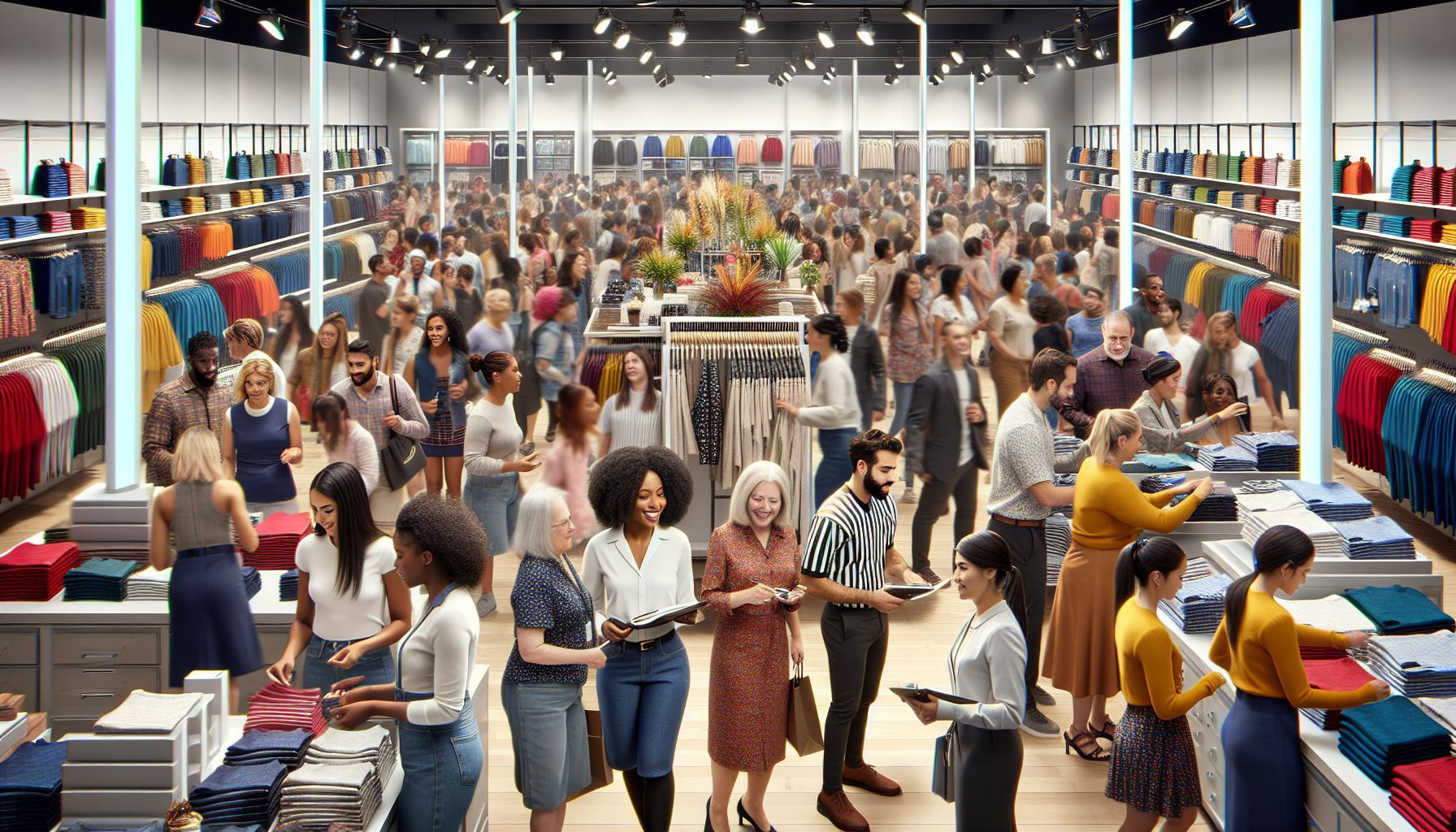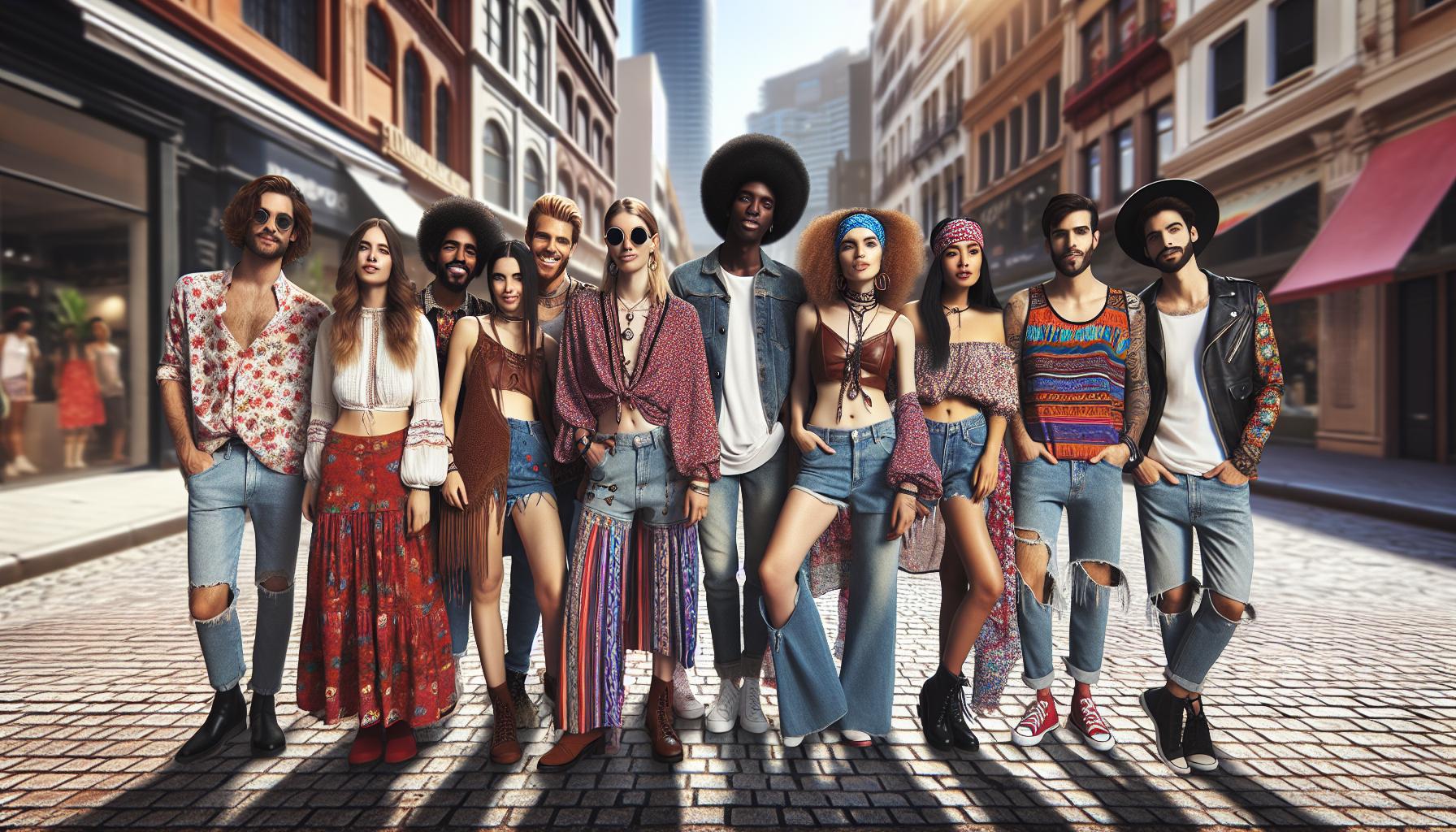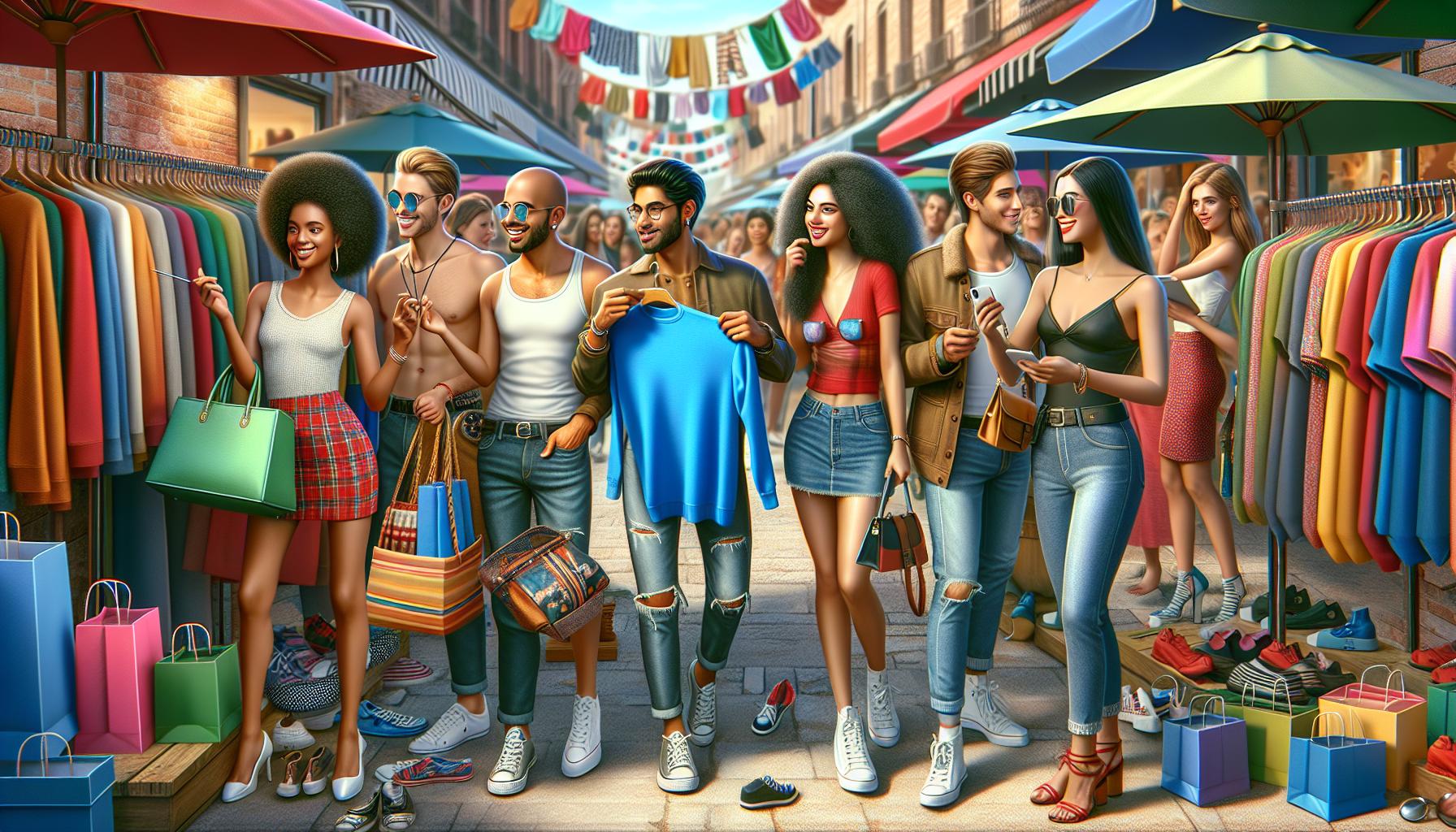Fast fashion has taken the retail world by storm, transforming how we shop and express ourselves. It’s hard to ignore the allure of trendy styles at affordable prices, making it easier than ever to stay fashionable without breaking the bank. I find it fascinating how this industry caters to our desire for variety and novelty, allowing us to refresh our wardrobes with each season.
Beyond just affordability, fast fashion promotes accessibility. It democratizes style, enabling people from all walks of life to experiment with their looks. This rapid turnover of trends keeps the fashion landscape dynamic and exciting, encouraging creativity and self-expression. In this article, I’ll explore the key advantages of fast fashion and how it continues to shape our shopping habits.
Key Takeaways
- Affordability: pros of fast fashion offers trendy, budget-friendly clothing options, making it accessible to a wide range of consumers from various income levels.
- Trend Responsiveness: The industry quickly adapts to current fashion trends, allowing shoppers to frequently refresh their wardrobes with new styles that reflect their personal tastes.
- Economic Impact: Fast fashion creates numerous job opportunities in retail and manufacturing, contributing to economic growth and stability.
- Consumer Behavior Changes: Fast fashion promotes instant gratification and frequent wardrobe updates, making shopping a dynamic and enjoyable experience for consumers.
- Sustainability Initiatives: Many fast fashion brands implement recycling programs and support the second-hand market, encouraging eco-conscious shopping practices and reducing landfill waste.
Pros of Fast Fashion
Fast fashion refers to the rapid production of inexpensive clothing that follows the latest trends. Retailers design collections based on current fashion trends, allowing consumers to purchase trendy items at a fraction of the traditional price. This approach fosters a quick turnover of styles, making it accessible for shoppers to stay updated without overspending.
Fast fashion caters to a broad audience by offering versatile and affordable wardrobe options. Brands often release new styles frequently, enabling shoppers to frequently refresh their looks. This accessibility supports experimentation with personal style, empowering individuals to express themselves without financial strain.
The retail industry’s embrace of fast fashion reshapes shopping habits by encouraging impulse purchases. The continuous introduction of new collections stimulates consumer excitement and interest. Fast fashion’s promise of affordability and variety attracts customers, reinforcing the notion of fashion as an ever-evolving experience instead of a static one.
Economic Benefits

Fast fashion drives notable economic advantages, underscoring its significance in the retail landscape. The industry’s growth leads to job opportunities and increased consumer spending, contributing to broader economic vitality.
Job Creation
Fast fashion generates a substantial number of jobs across various sectors. Retail positions, including sales associates and managers, arise in stores to cater to increased customer demand. Manufacturing jobs frequently expand in countries where production takes place, often focusing on garment assembly. Logistics and distribution roles develop to manage the supply chain, from production facilities to retail outlets. With employment options in both developed and developing nations, fast fashion contributes to economic stability and growth.
Increased Sales
Fast fashion significantly boosts sales within the retail industry. Consumers frequently purchase low-cost, trendy clothing items, resulting in higher transaction volumes. The quick inventory turnover encourages repeat visits, facilitating ongoing consumer engagement. High sales volumes support brand growth, enabling companies to thrive in a competitive market. Additionally, the appealing price points increase accessibility, encouraging first-time buyers to explore the brand without hesitation. The combined effect of these factors drives overall industry revenue and contributes to a robust economic environment.
Accessibility and Variety

Fast fashion excels in offering a broad range of styles and options that cater to diverse consumer preferences. This accessibility makes it easy for individuals to find clothing that fits their unique style easily.
Trend-Driven Clothing
Fast fashion brands quickly adapt to the latest trends, producing styles that resonate with current fashion movements. Consumers can find everything from runway-inspired pieces to streetwear, all at their fingertips. These brands typically release multiple collections each season, ensuring shoppers always have the newest styles to choose from. This fast-paced turnover allows me to refresh my wardrobe frequently without straining my budget.
Affordable Options
Pricing in fast fashion remains highly attractive, making it feasible for a wide audience. With prices often ranging from $5 to $50, individuals from various income levels can participate in fashion trends. This affordability promotes experimentation with style, encouraging me to try out different looks without significant financial risk. The balance of quality and cost enables me to build a wardrobe that reflects my personality, enhancing my self-expression through clothing choices.
Impact on Consumer Behavior

Fast fashion significantly alters how consumers engage with clothing and style. It cultivates a trend-centered shopping culture, where immediate desires shape purchasing decisions.
Instant Gratification
Instant gratification drives fast fashion’s appeal, allowing consumers to obtain the latest styles without delay. Shoppers experience quick satisfaction from their purchases, leading to enhanced shopping frequency and increased brand loyalty. With rapid production cycles, new collections appear frequently, enticing consumers to visit stores or websites often. The ability to access trendy garments almost instantly satisfies the desire for novelty and self-expression. Retailers exploit this instant gratification by strategically marketing limited-time offers and exclusive collections, prompting consumers to act quickly to secure items before they’re gone.
Frequent Wardrobe Updates
Frequent wardrobe updates encourage consumers to refresh their style regularly. Fast fashion promotes a mentality where updating one’s clothing becomes an enjoyable part of personal branding. The low price points allow consumers to experiment with various outfits, leading to a diverse wardrobe filled with trendy pieces. This approach reduces the fear associated with trying new styles, as low costs mean minimal financial loss. Consumers engage with fashion as a dynamic experience, continually adapting their looks to reflect changing trends and preferences. As a result, shoppers enjoy greater flexibility and creativity in expressing their identities through clothing.
Sustainability Considerations
Fast fashion poses various sustainability challenges, yet certain aspects contribute positively to sustainable practices in the fashion industry.
Recycling Initiatives
Many fast fashion brands implement recycling initiatives to minimize waste. For instance, brands set up clothing donation programs, encouraging consumers to return unwanted clothing. These programs often promise incentives, such as discounts on future purchases, appealing to shoppers. By recycling unwanted garments, brands reduce landfill contributions and promote a circular economy that values sustainability. Furthermore, some companies utilize recycled materials in new collections, demonstrating a commitment to sustainable production practices.
Second-Hand Market Growth
Fast fashion boosts the growth of the second-hand market by fostering a culture of frequent purchasing and disposal. As consumers regularly update their wardrobes with affordable items, they often sell or donate lightly worn clothing. This trend allows for numerous platforms—both online and brick-and-mortar—that facilitate the resale of fast fashion items. The rise of these platforms reflects an increased consumer awareness of sustainable practices, indicating a shift toward eco-conscious shopping behavior. In turn, this growth reduces overall consumption rates and extends the lifecycle of clothing, ultimately benefiting the environment.
Engage with Clothing
Pros of fast fashion undeniably reshapes how we view and engage with clothing. The ability to access trendy styles at affordable prices empowers me to express my individuality without breaking the bank. It’s exciting to see how quickly brands adapt to the latest trends, allowing me to refresh my wardrobe regularly.
Moreover, the economic benefits of this industry can’t be overlooked. Job creation and increased sales contribute to a thriving retail environment. I appreciate how fast fashion encourages experimentation and self-expression, making fashion accessible for everyone.
While there are sustainability challenges, the positive strides many brands are making show a commitment to improving their practices. Overall, fast fashion offers a unique blend of affordability, variety, and accessibility that resonates with today’s consumers.



